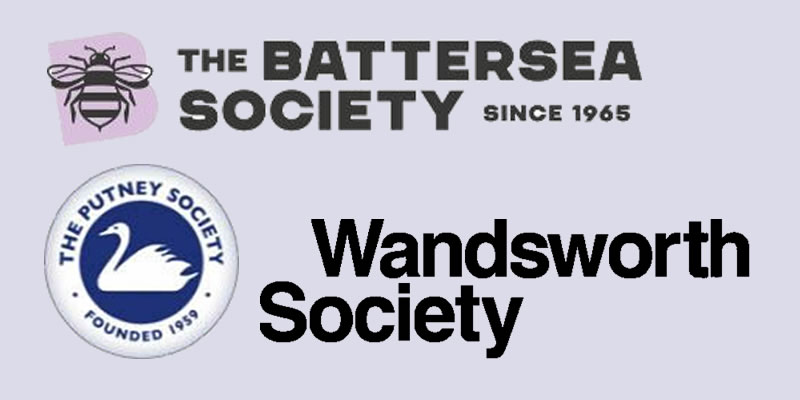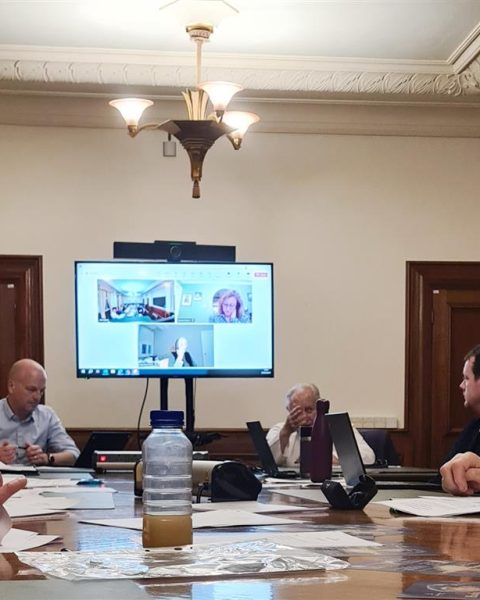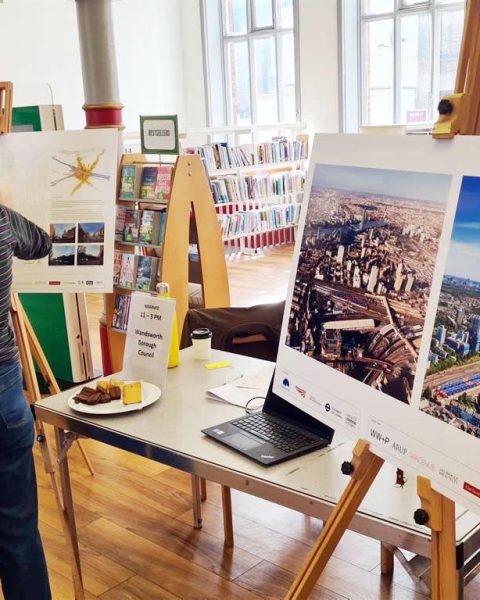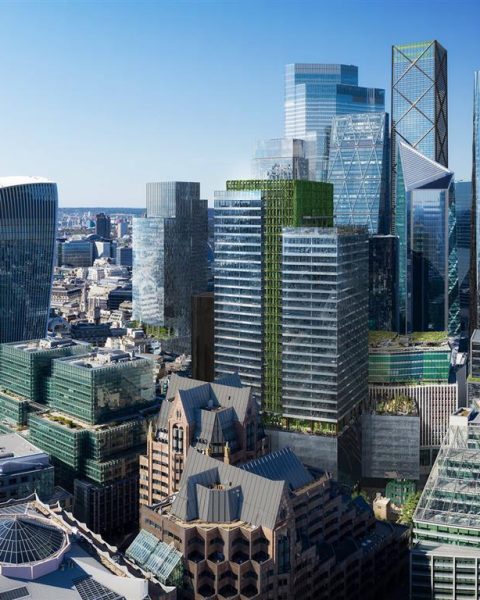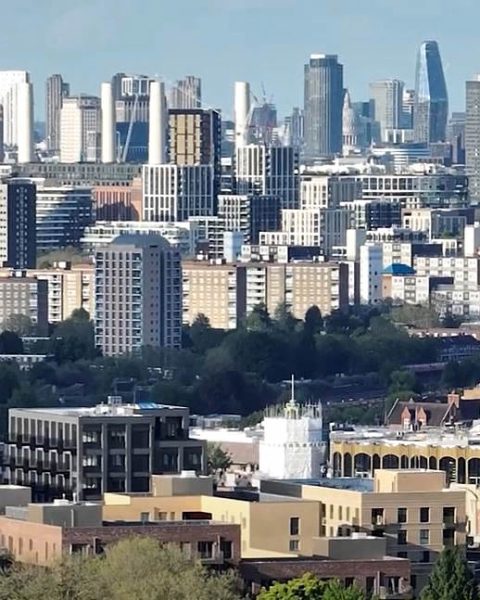Three main societies in Wandsworth have recently written to the Council to express their concerns regarding the handling of individual applications and some broader strategic issues.
The Wandsworth Society has worked with the Putney Society to send a letter to the members of the Planning Application Committee. It stresses the importance of adherence to the Local Plan and minimal deviations once adopted, to provide clarity and stability for all parties involved in the planning process.
This was the case in 2022, when Wandsworth drew criticism from major community groups during their local plan examination hearing.
Yet in 2014, they joined forces to write to the Prime Minister, expressing their concerns regarding Wandsworth Council’s handling of significant planning applications, in the context of published planning policy documents and guidelines.
In the autumn 2021, Simon Hogg (now leader of the Council), referenced the aforementioned letter to criticise the policy on planning promoted by the Tory administration. In December 2021, he made a speech in the Council Chamber to call for planning reforms and a new planning approach.
With the consent of the Wandsworth Society, we publish their text below. The Battersea Society provided a separate comment.
Dear Councillor Belton and members of the Applications Committee.
We set out below matters of concern to our Societies which should be read in conjunction with those comments which you have received from the Battersea Society.
Note on Planning Issues in Wandsworth from the Putney and Wandsworth Societies
The Putney and Wandsworth Societies welcome the interactions we have with Wandsworth Council’s Planning Department, both formal ones in meetings of the Planning Forum and the Conservation and Heritage Advisory Committee, and the informal ones relating to individual planning applications. We share some concerns, however, both about some strategic issues and about the handling of individual applications set against the policies set out in the Local Plan. We set out our key concerns below.
Affordable Housing
We note the Council’s aspirations for more affordable housing – especially for social rent – as set out in the three aims for the Partial Review of the Local Plan. Our concern is whether the Council has effective mechanisms and the demand it places on the planning department’s resources to fulfil those aspirations.
Tall Buildings
Over recent years, the previous Council’s record in allowing large numbers of tall buildings to be built, many of them higher than specified for the particular sites in the Local Plan, has been deplorable. This has resulted in and has had damaging impacts in areas such as Nine Elms, along the river from Battersea to Putney, and in Wandsworth Town Centre.
We therefore regret that the policies in relation to tall buildings specified in the original version of the new Local Plan were significantly weakened as a result of representations made by developers and the GLA during the Examination in Public. We are also aware that developers can argue that given the policies set out in the Local Plan as a whole, they can be justified in exceeding the maximum height specified in the Plan for any individual site. Our concern is that the Council may not feel able to combat such arguments and will therefore consent to applications that set at nought the maximum heights specified in the Plan. We are aware of a number of proposals not yet submitted as planning applications that seek to do precisely that. One of these from Wandsworth Council itself.
Reserved Matters and Minor Modifications Applications
We have limited resources in monitoring and responding to applications, and it is frustrating when we see large numbers of applications relating to single consented developments. It is difficult to assess the significance of many of these applications, especially when their precise nature cannot be discerned from the weekly list or from the title provided on the planning portal.
Recent examples of this include 2023/4167 relating to the former Homebase site on Swandon Way, and 2023/3925, 3926 and 3927 relating to the co-living development on Chatfield Road. If applicants were required to specify at the head of the application the precise nature of their proposals, rather than providing a long recitation of the earlier consents to which they relate, it would make our work – and, we are sure, officers’ work too – much easier and more efficient.
Communications with other Council Departments
There is a long-standing problem with planning proposals developed by other Council Departments, especially but not solely the Housing Department. Larger-scale commercial developers often invite us to view and comment on proposals at pre-application stage. This rarely happens with Housing and other Council departments. Perhaps more importantly, we are also aware that these departments often fail to consult or liaise properly with the Planning Department. This has given rise to significant problems when ill-prepared applications are posted on the planning portal. A notable recent example is application 2023/3434 for change of use of 201-203 Lavender Hill to a rough sleeper assessment hub, which has given rise to over 500 objections.
Conservation and Heritage
We welcomed the programme of reviews of eight Conservation Areas which has been completed earlier. But we are concerned that there is no programme to review the remaining 38 areas, where many of the appraisals are long out-of-date. We believe that it is important also that each appraisal should be accompanied by a proper management plan, which is not always the case. And we are concerned that the use of Article 4 Directions for managing development in Conservation Areas is not consistent across all 46 of them.
Design Codes
Design codes have become a key part of the Government’s planning policies, enshrined in the NPPF, the National Model Design Code (NMDC) and other documents. The GLA has also recently published a suite of London Plan Guidance documents on design codes and related matters.
We recognise that the new Local Plan includes a suite of policies on a design-led approach to planning; but the Council has not as yet prepared a set of design codes across the borough such as would be required by Government policy and the GLA’s guidance. A programme of work of this kind would require at an early stage, and then throughout each stage of the process, effective participation and engagement with local communities. We trust that, alongside other local organisations, we will be fully engaged in the development of design codes, master plans and the like.
We are also aware that the Council has secured funding for pilots under the Government’s Digital Planning Programme to develop tools and techniques to improve community engagement. While we welcome such developments, we believe it is important to take account of the lessons of the early pilots across the country that digital tools are not a substitute, but must be used alongside, effective face-to-face meetings with local groups and organisations. Such meetings are essential, as well as seeking individual responses via online surveys.
Conclusions
The planning process is a dynamic process which constantly requires reconsideration by all concerned. We are aware of the constraints imposed by central policies and the inevitable different pressures from various factions in the Conservation, development and social sectors of land use.
We would wish to emphasise, however, that after the adoption of a rigorously investigated Local Plan as few variations as possible are made to this plan during the life of the plan. If this is pursued all parties will know where they stand.
We await your Council’s response to this letter.
Yours sincerely,
Philip Whyte
Wandsworth Society
Andrew Catto
Putney Society


